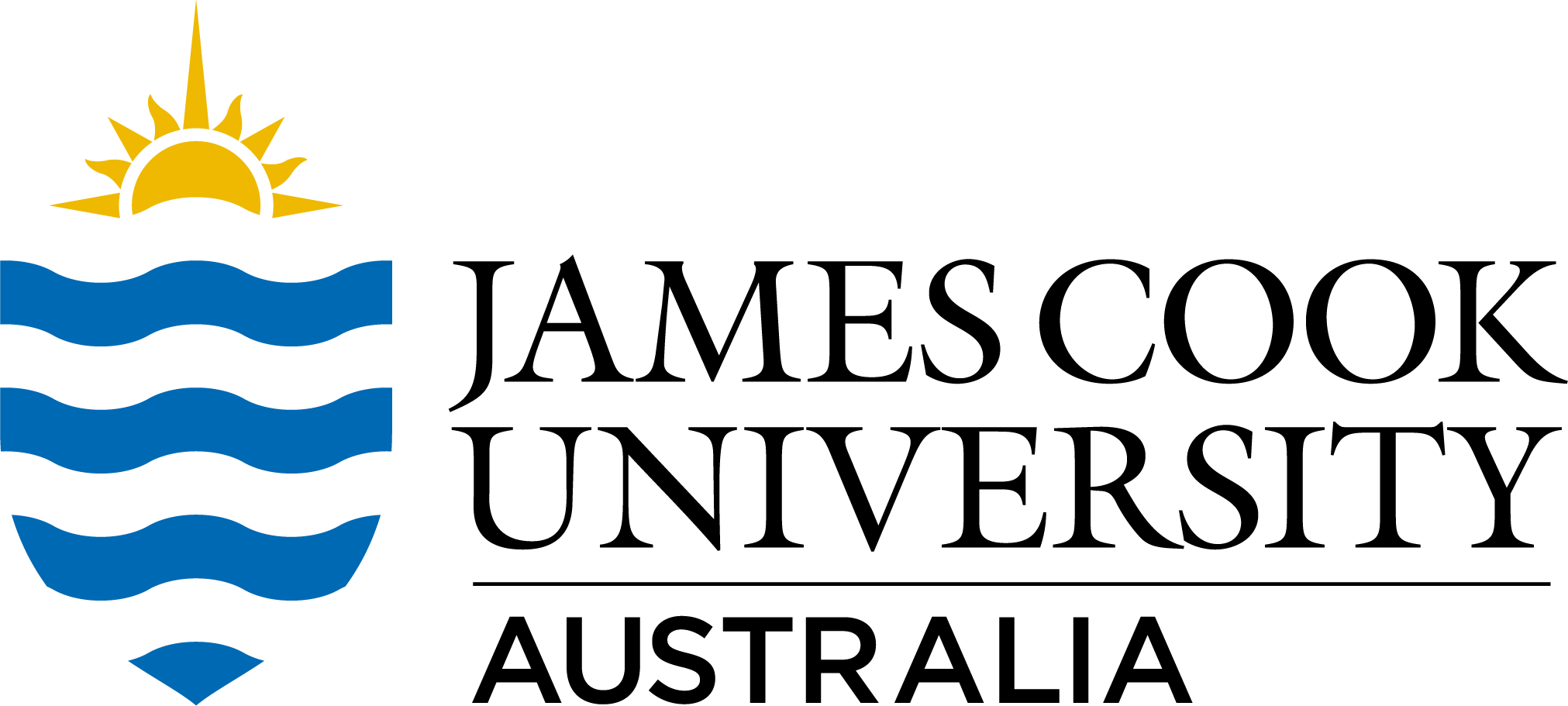Full description
Consumer communities play an important role in maintaining ecosystem structure and function. In seagrass systems, algal regulation by mesograzers provides a critical maintenance function which promotes seagrass productivity. Consumer communities also represent a key link in trophic energy transfer and buffer negative effects to seagrasses associated with eutrophication. Such interactions have now been well documented in literature from temperate systems, however, it is not clear if the same relationships hold in tropical systems. This study aimed to identify if the invertebrate communities within a tropical, multispecies seagrass meadow moderated epiphyte abundance under natural conditions. This was done by comparing algal abundance across two sites at Green Island, Australia. At each site, paired plots were established where the invertebrate assemblages were perturbed via insecticide manipulation, and compared to un-manipulated plots. An 89% increase in epiphyte abundance was seen after six weeks of experimental invertebrate reductions within the system. Using generalized linear mixed effects models and path analysis we found that the abundance of invertebrates was negatively correlated with epiphyte load on seagrass leaves. Habitat species richness was seen to be positively correlated with invertebrate abundance. These findings mirror those of temperate systems, suggesting this mechanism operates similarly across latitudinal gradients.
The full methodology will be made available in the Open Access publication listed in the Related Publications link below.
Notes
This dataset is available as a spreadsheet saved in both MS Excel (.xlsx) and Open Document (.ods) formats.
Created: 2020-08-26
Data time period: 11 2020 to 26 12 2018
text: Green Island region, northern Great Barrier Reef, Queensland, Australia
User Contributed Tags
Login to tag this record with meaningful keywords to make it easier to discover
- DOI : 10.25903/5F45D97CC5081

- Local : researchdata.jcu.edu.au//published/7191290609f3efb575012834f3c57566
- Local : 873ef7d4dd06decc46c9a4a5d1bd221f


